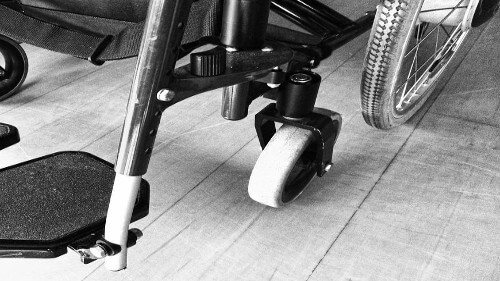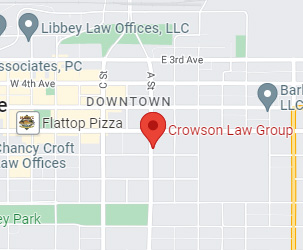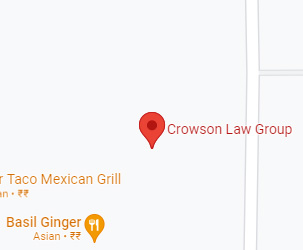Personal Injury: Back Injuries Part 2

A previous article discussed back injuries that stem from accidents. In that article four categories of the common types of back injuries were discussed, these were:
1. Herniated discs 2. Back sprains 3. Back strains 4. Spinal cord injuries (which was partially discussed)
This article will discuss the remaining information related to spinal cord injuries and whiplash with respect to common types of back injuries as well as the basic requirements for a legal claim for back injuries sustained in an accident.
Spinal cord injuries – under the category of spinal cord injuries there are two classifications of spinal cord injuries: complete spinal cord injuries, which results in partial or complete paralysis below the point of injury and incomplete spinal cord injuries; with incomplete spinal cord injuries, the individual may retain some feeling or function below the injury area. Incomplete spinal cord injuries usually come from spinal cord injuries which cause swelling or bruising or minor damage.
Whiplash – while whiplash is often thought of as a with neck injury, it is also a back injury. Whiplash is a common result of car accidents, especially where there is a sudden jolting or jerking of the body backward or forward. That jerking movement pushes the ligaments and muscles in the neck and upper back beyond their basic range of motion, causing the neck and shoulder muscles to become tight, tender, stiff or sore. While whiplash can be hard to diagnose and prove, in rare cases it may cause lasting injury.
Basic Requirements for Back-Injury Related Legal Claims
While back injury claims are governed by personal injury laws, such laws vary from one state to the next. In order for your back-injury claim to be successful you will need to show, using your attorney, that another person, business or entity is legally responsible for causing your injuries. For you to make a successful back injury claim and recover compensation, you will, at a minimum, need to prove the following elements:
- Another person or company owed a legal duty to you – this could range from a company driver’s duty of care to a manufacturer’s obligation to design a product that is reasonably safe
- That legal obligation or duty was breached – as with a car accident, the injured person will need to prove that there was a breach in the driver’s duty of care. This breach can occur if, for example, the driver violated a safety related traffic law, such as running a red light.
- The breach led directly to the back injury – in order to prove this element there must be a direct cause and effect link between what the person at fault did or failed to do and your back injury
- The back injury caused you specific damages – there must be some quantifiable losses associated with your back injuries such as medical bills and lost wages due to lost time from work.
For more information on what you will need in order to prove your personal injury claim and what next steps to take, contact a personal injury attorney anchorage Ak.


